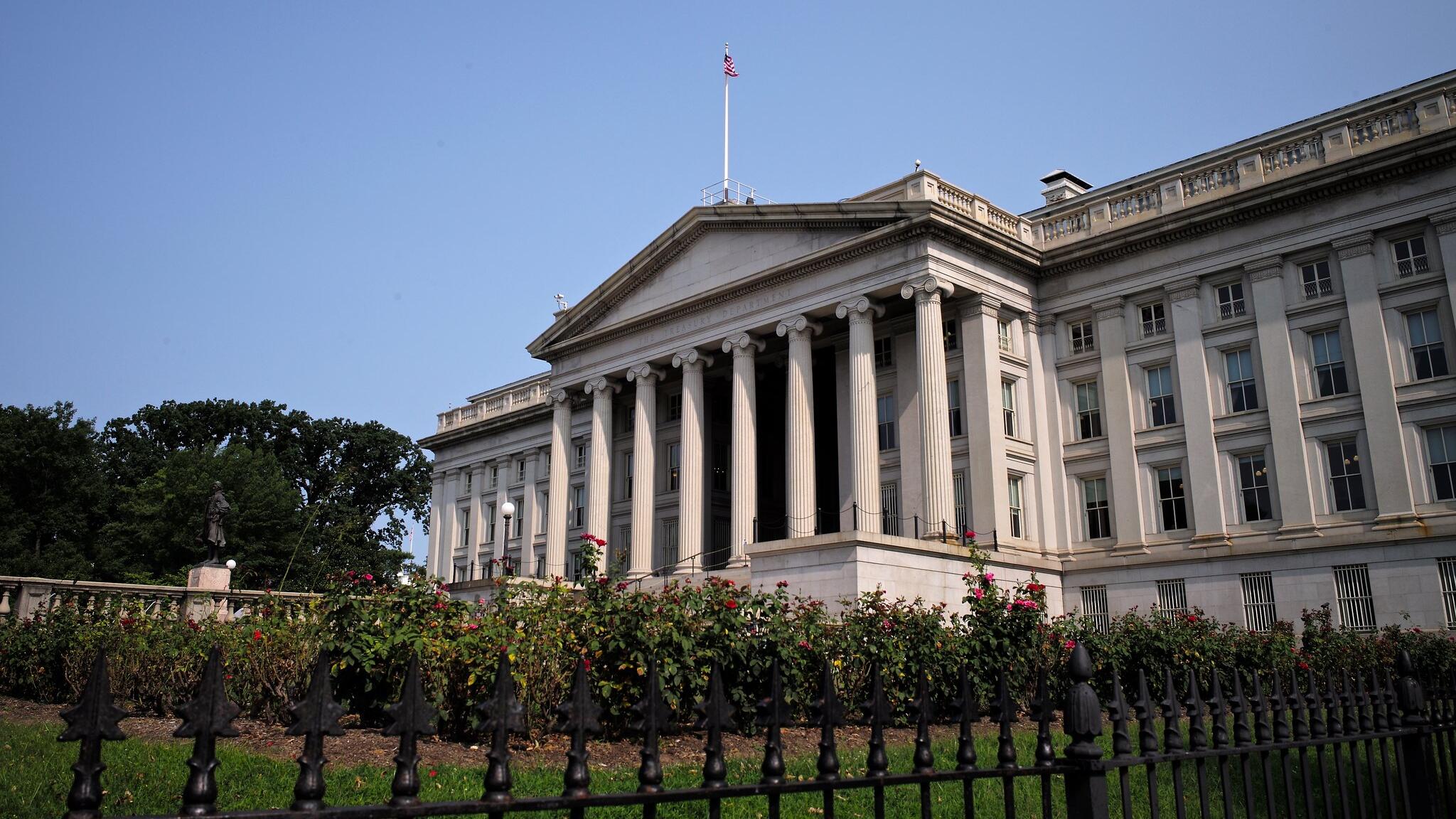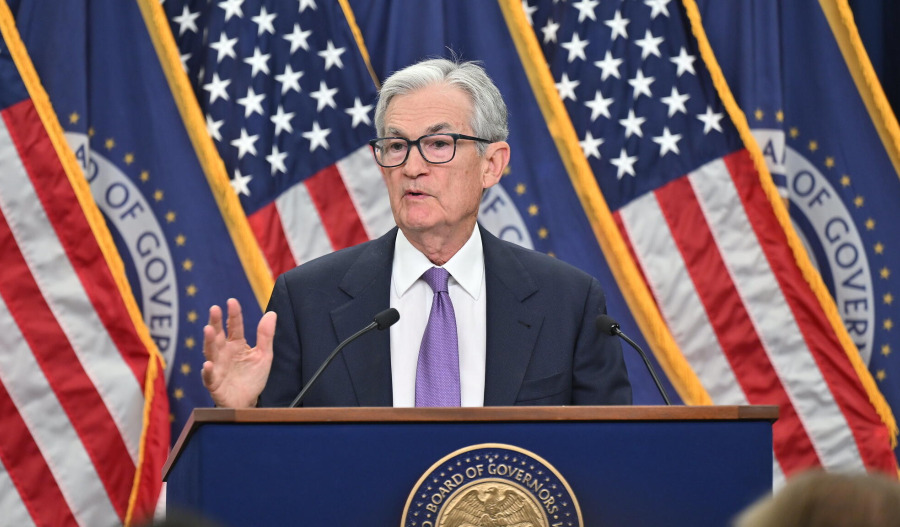The United States federal government shutdown that’s threatening to freeze October’s inflation report is forcing the Treasury to use a fallback index for TIPS pricing for the first time, which would create short-term pricing uncertainty requiring traders to adjust their calculations.
The U.S. Treasury is planning to deploy a workaround to compute the index in the absence of official data that underpins the US$2.1 trillion market for inflation-protected bonds for the first time since their launch in 1997.
The absence of official inflation data is creating a headache for Treasury Inflation-Protected Securities (TIPS) market participants, as the value of those bonds, which investors use to protect their capital from inflation, hinges directly on the index.
While TIPS pay a fixed interest rate, the interest is calculated on a principal amount that rises with inflation and falls in periods of deflation.
How much the principal rises or falls is determined by the CPI index.
TIPS yields, also known as ‘real yields’ because they discount inflation, have increased slightly over the past few days, which is understood to reflect uncertainty over their pricing in the absence of CPI data.
"There's definitely uncertainty in the market around the data itself, which is then exacerbated by the lack of data. So you end up with high risk premium in TIPS and they end up trading cheap," Benjamin Wiltshire, global inflation desk strategist at Citi told Reuters.
Treasury’s workaround plan in the absence of official CPI data consists of producing a fallback index based on the last available 12-month change in the CPI, according to Treasury regulations.
Assuming October’s CPI data is not released by the end of November, the Treasury will be left with no alternative but to produce the fallback index for the first time.
Yields on 10-year TIPS were at around 1.7% on Wednesday, largely unchanged since late last week, while five-year yields were last at 1.249%, slightly higher.
Investors and analysts doubt that the potential pricing distortion going forward will have any significant impact on demand for the paper.
"We don’t think the use of a fallback index will impact investor demand for TIPS going forward," said Phoebe White, head of U.S. inflation strategy at J.P. Morgan.
"Most regular investors in the product are aware of the technicality, and others who only trade the product infrequently usually look at TIPS with a longer-term outlook in mind.”
However, the bigger issue could be investor sentiment for TIPS heading into the next auction and could deteriorate if the U.S. government shutdown drags on.
The next TIPS auction, for 10-year paper, is scheduled for 20 November.
Meanwhile, lack of official data is affecting the market’s perception of the actual state of the economy, said Matt Hornbach, global head of macro strategy at Morgan Stanley.
"If the general environment persists through that period of time, then it would be normal to see investors continue to shun the product," Hornbach told Reuters.
"If we can come out of the shutdown well ahead of that next auction, we can get a better handle on what's happening in the real economy from an inflation and growth perspective, and then that may bring investors back into the fold, but it really depends on when the government reopens."
Interestingly, some market participants claim lower market expectations of rising price pressures may have a more meaningful impact on TIPS demand than the uncertainty over the lack of CPI data per se.
U.S. consumer prices increased slightly less than expected in September, CPI data showed last week.
"Clearly inflation, relatively speaking, as much as it's high, it's surprising to the lower downside," said John Madziyire, head of U.S. Treasuries and TIPS at Vanguard.
"With the workaround at least you have positive CPI so you're getting something," he said.
"It is not obviously going to be perfect, but then again, all of these data points are not perfect."

Join our community of decision-makers. No card required
Join now

